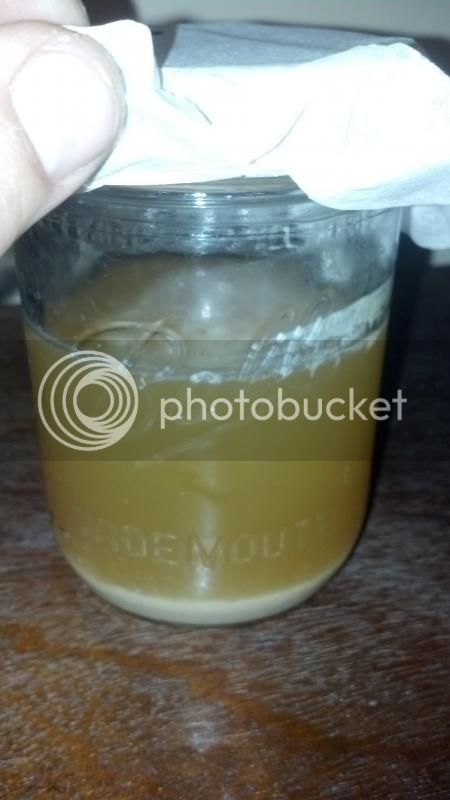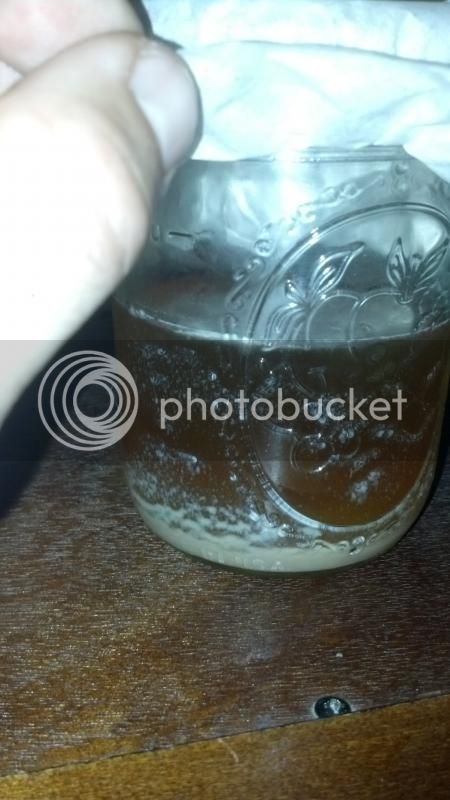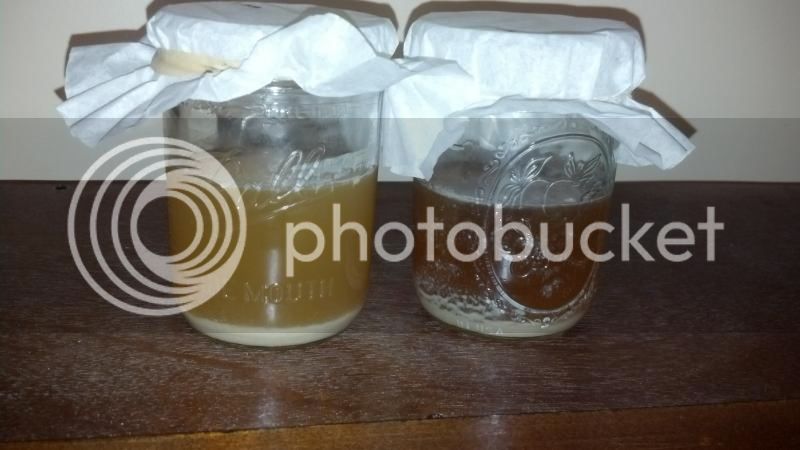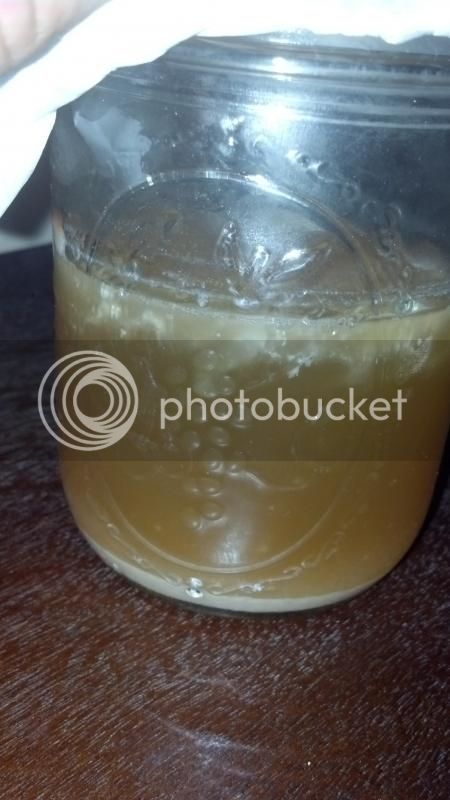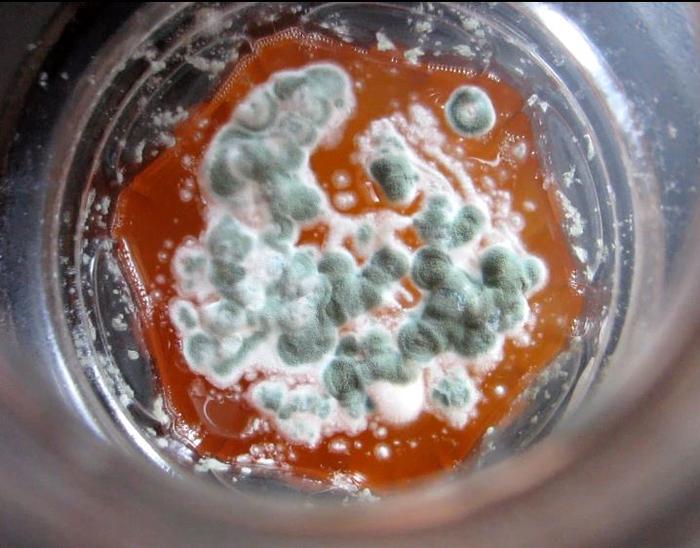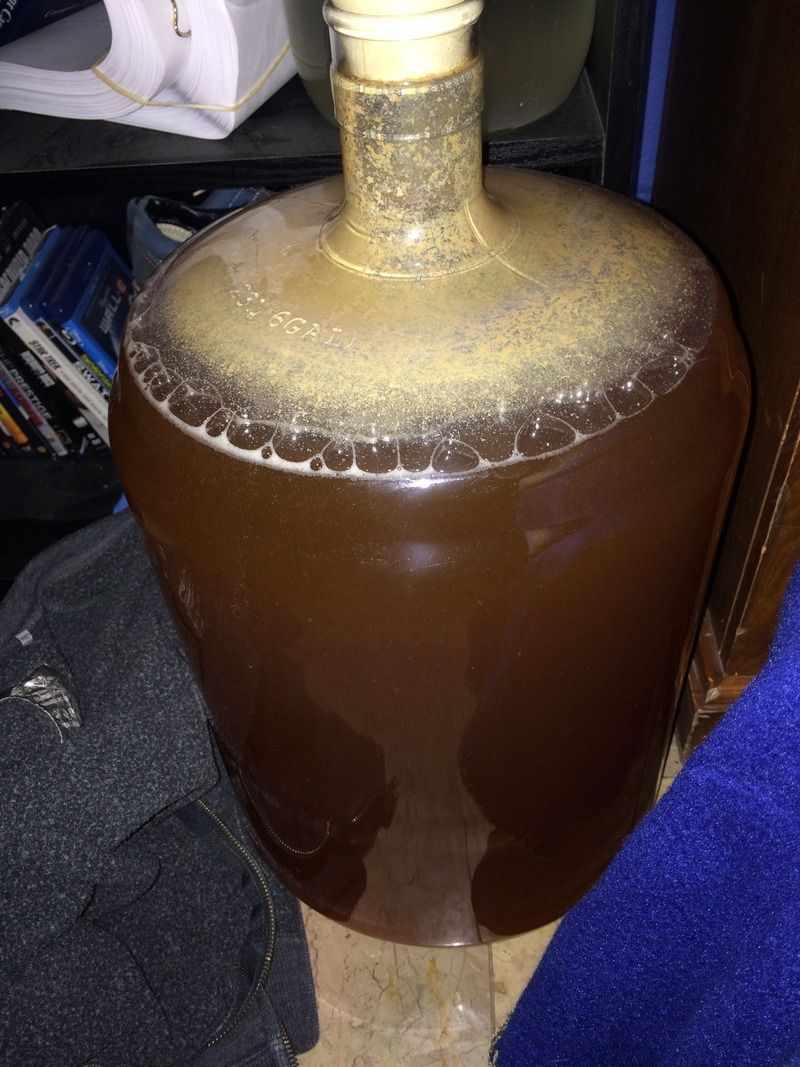Microphobik
Well-Known Member
- Joined
- Apr 15, 2013
- Messages
- 320
- Reaction score
- 18
Just decided to give this a shot by taking some left over wort from a brew day (gravity was higher than recommended - about 1.045) and taking it outside to our little orchard. I put a screen over it and left it for a few hours and then actually dipped an apple and a plumb in it, both of which had that noticeable slight dust over it, presumable containing some yeast. I have it in a mason jar with the lid just loosely placed on top. I then let it sit at room temp. Within about 35 hours I started seeing noticeable bubbles. Sort of like the foam you might see around the edges of a under-carbonated beer that had been out for a while. I'm at 48 hours now and the bubbles are increasing. It doesn't look like a traditional Krausen, but rather the same as before, with more bubbles. I don't see bubbles within the body of the wort like you do when normal fermentation is in full swing.
The smell is interesting. Nothing like a normal beer, but not rotten smelling either. It's got a bit of a sour-like smell but I can't tell if I'm getting a really phenolic Belgiany thing, or if it's actually starting to sour a bit.
What does this sound like? What would you do next?
The original post says it takes about two weeks for Saccharomyces to take hold. But this has definitely happened a lot faster.
Am I making beer or vinegar? No signs of anything like that moldy film I've seen on juice that sits out. It actually looks clean. But the smell is definitely different.
No signs of anything like that moldy film I've seen on juice that sits out. It actually looks clean. But the smell is definitely different.
Any advice for my next step?
The smell is interesting. Nothing like a normal beer, but not rotten smelling either. It's got a bit of a sour-like smell but I can't tell if I'm getting a really phenolic Belgiany thing, or if it's actually starting to sour a bit.
What does this sound like? What would you do next?
The original post says it takes about two weeks for Saccharomyces to take hold. But this has definitely happened a lot faster.
Am I making beer or vinegar?
Any advice for my next step?













































![Craft A Brew - Safale S-04 Dry Yeast - Fermentis - English Ale Dry Yeast - For English and American Ales and Hard Apple Ciders - Ingredients for Home Brewing - Beer Making Supplies - [1 Pack]](https://m.media-amazon.com/images/I/41fVGNh6JfL._SL500_.jpg)











